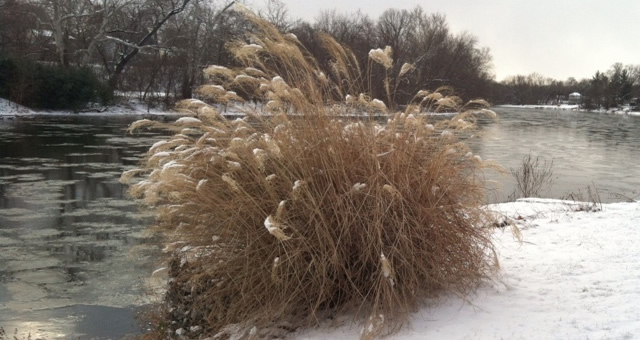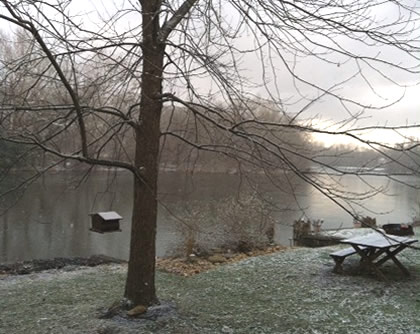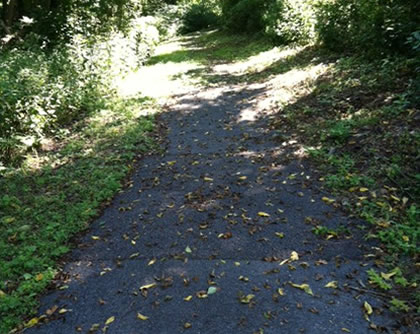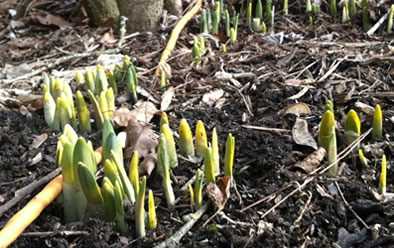
Tell me, what is it you plan to do with your one wild and precious life?”
…from “The Summer Day,” Mary Oliver
Thirteen degrees on our back porch as I poured sunflower seeds in a bucket to carry to and fill the bird feeders. Thirteen felt very cold, but as I walked across the front yard, I swear the sun warmed my face and penetrated the layers of clothing I wore. I like to think this was a February duel between the Arctic’s breath, not ready to recede, and the sun’s promise of the spring to come.
Standing beside the Conodoguinet, I looked upstream as I often do. Mostly frozen, the creek’s current continued to insist upon a stream of open water. But where only days earlier Canada geese had bedded down on the ice, and hooded mergansers had fished, all was still and quiet, save for a faint birdcall now and then.
Climbing the steps from the creek and crossing yard, still covered here and there with snow, I looked for the prints left by animals that had ventured out. A pair of large prints, perhaps a raccoon, led from the front of the house to under our neighbor’s porch. Clearly the community of rabbits, squirrels, birds, mice and moles, with whom we share this small plot of ground on the creek, have been busy in spite of the cold.
Several times I have run into friends over the last few weeks who, knowing I had taken February as a hiatus month, have asked, “How it was going?” I have found myself answering that it has been a month, so far, of mixed blessings. What it certainly has been is a month of paying attention. To the birds, to the weather each day, to the footprints in the snow, to cats, to the fire in the wood stove, to knitting and books, to the voices of friends and family, to the spirals of my own voice.
The poet Mary Oliver comes back again and again to this directive: “pay attention.” And, so it is with yoga, giving us the tools with which to bring attention to our practice, to ourselves, to our relationships, to our lives.
When Mary Oliver asks, “…what will you do with your one wild and precious life?,” I think my answer will be, “Pay attention.”



